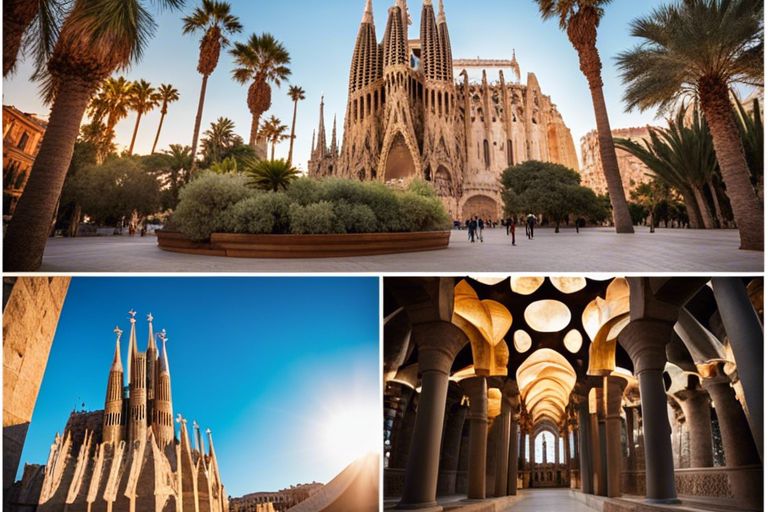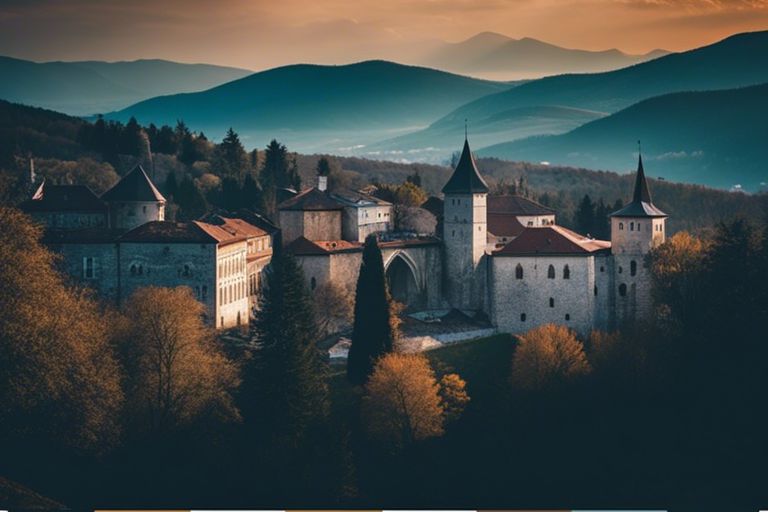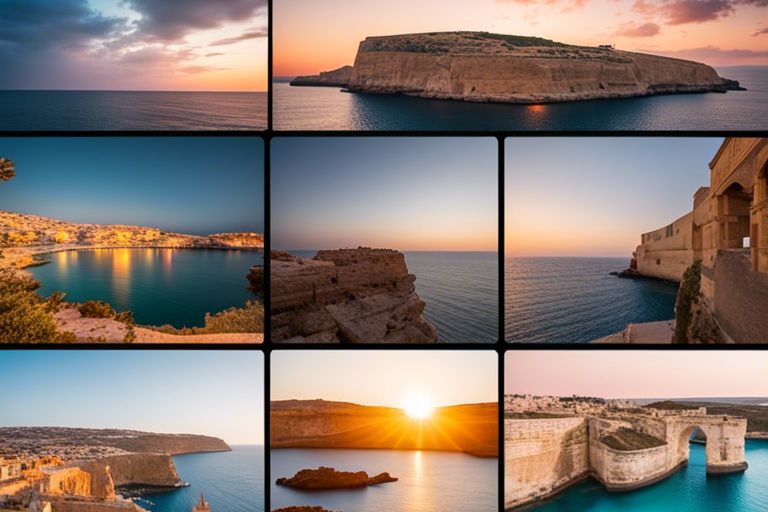The Eiffel Tower: A Symbol of Ingenuity and Romance
Standing tall on the Champ de Mars in Paris, the Eiffel Tower is a true masterpiece of engineering. Constructed for the 1889 Exposition Universelle, this iconic structure was initially met with mixed reactions from the public. However, over time, it has become one of the most recognizable landmarks in the world.
The Eiffel Tower was designed by Gustave Eiffel, a renowned engineer, and his team. Its lattice-like iron structure not only provides strength and stability but also gives it a unique aesthetic appeal. The tower’s three levels offer breathtaking views of the city, making it a popular tourist attraction.

The Colosseum: A Marvel of Ancient Rome
The Colosseum, also known as the Flavian Amphitheatre, is a testament to the architectural prowess of ancient Rome. Built around 70-80 AD, it was the largest amphitheater ever constructed and could hold up to 50,000 spectators.
Designed by architects Vespasian and Titus, the Colosseum was primarily used for gladiatorial contests and public spectacles. Its elliptical shape and use of concrete allowed for efficient crowd control and ensured that everyone had a clear view of the events.

The Taj Mahal: A Mughal Masterpiece
The Taj Mahal, located in Agra, India, is a UNESCO World Heritage Site and one of the New Seven Wonders of the World. Built in the 17th century by Emperor Shah Jahan as a mausoleum for his beloved wife, Mumtaz Mahal, it is considered the pinnacle of Mughal architecture.
The Taj Mahal’s design is a fusion of Islamic, Persian, and Indian architectural styles. Its white marble facade, intricate carvings, and symmetrical layout make it a sight to behold. The mausoleum is surrounded by beautiful gardens and reflects different hues depending on the time of day, adding to its ethereal charm.

Conclusion
These architectural wonders, the Eiffel Tower, the Colosseum, and the Taj Mahal, are not only remarkable structures but also bear witness to the rich history and cultural significance of the cities they reside in. Their enduring popularity and timeless beauty continue to captivate visitors from around the globe.






